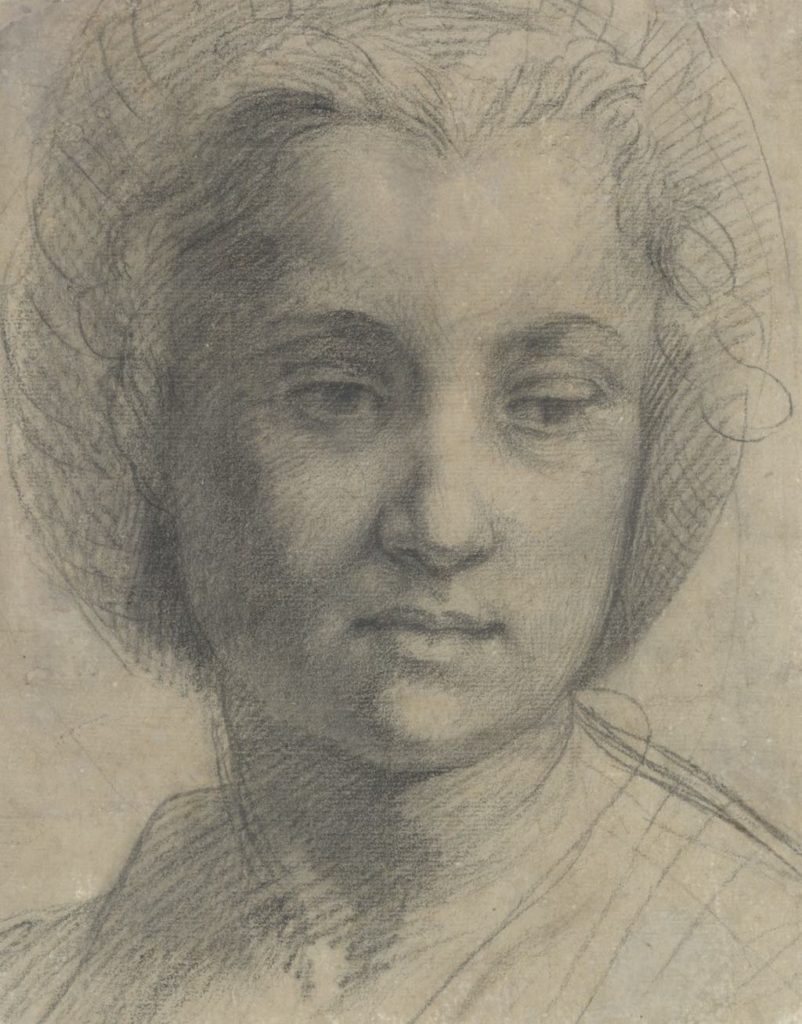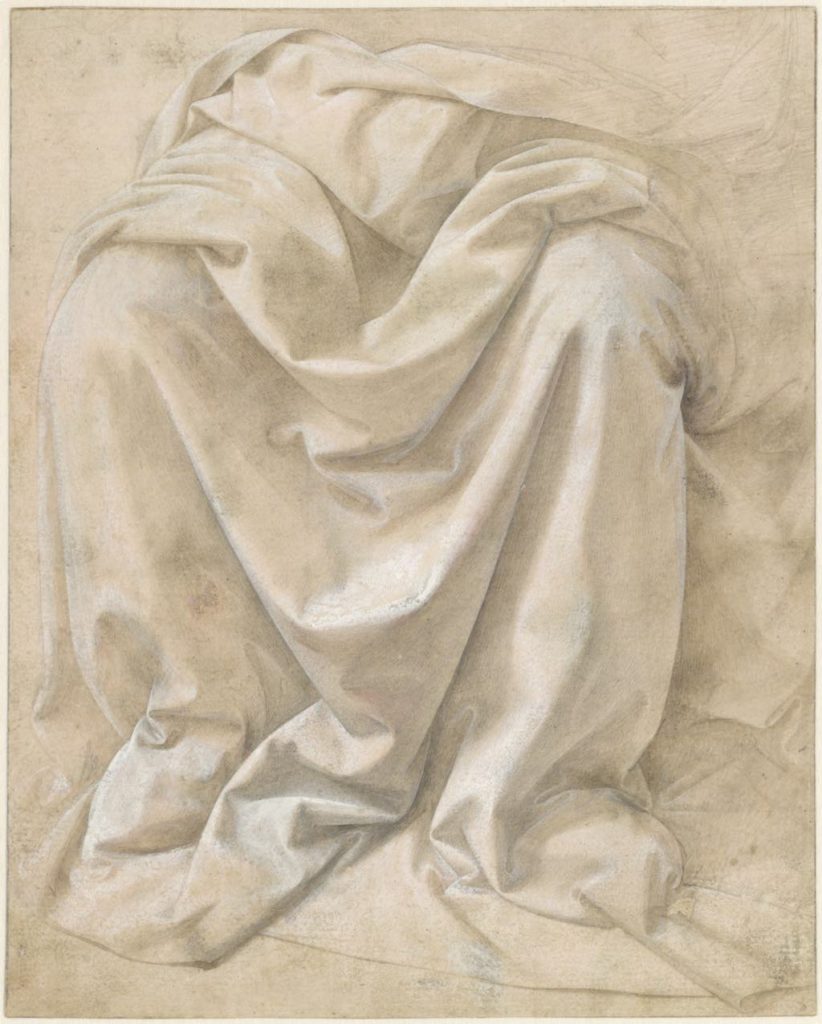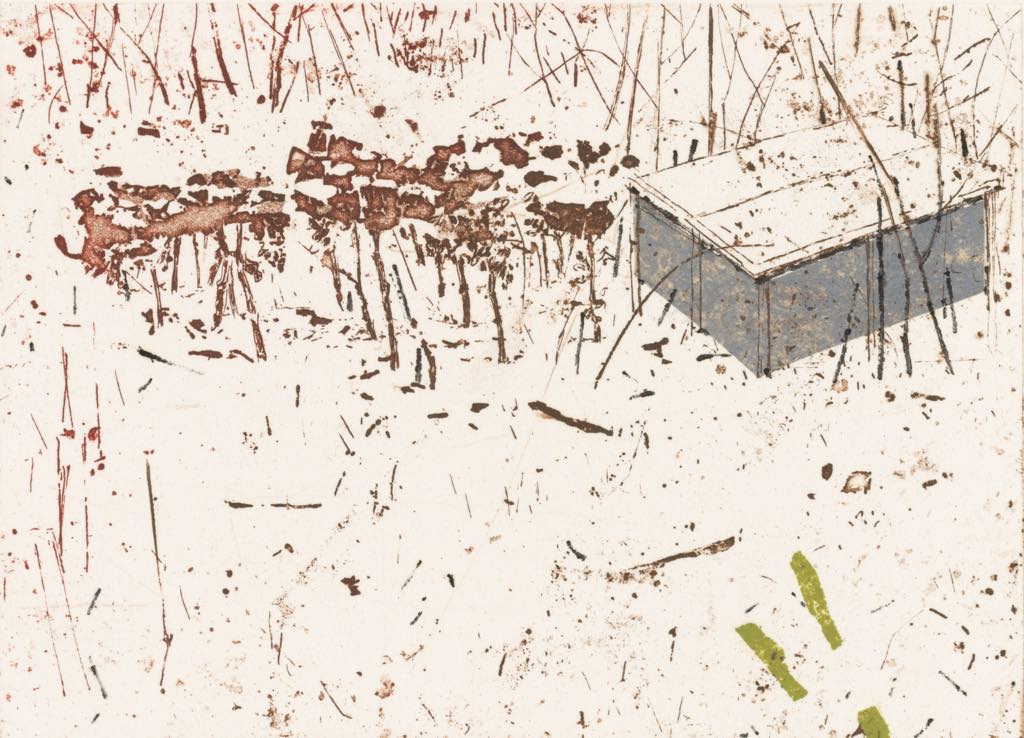
The Fondation Custodia, one of Paris’s under-appreciated treasures, was created by Frits Lugt (1884-1970), a Dutchman whose passion for art began when he was just a child: when he was only eight years old, he created and cataloged a museum in his bedroom. As an adult, he became an expert in cataloging artworks, for the Louvre and other institutions, and put together his own collection of Old Master drawings, prints and paintings, with the help of his wealthy wife, Jacoba Klever.
Today, the collection is housed in an elegant 18th-century Left Bank mansion, the Hôtel Turgot, where the foundation keeps the collection alive through regular exhibitions of drawings and prints from the collection and by contemporary artists. Currently, the foundation is holding no fewer than three exhibitions, of Italian figure studies, etchings by Anna Metz and color woodcuts by Siemen Dijkstra.
The Old Masters show, “Studi & Schizzi: Drawing the Human Figure in Italy,” is a particularly lovely one. Covering the period 1450 to 1700, it shows how the interest in humanism during the Renaissance led to a fascination with the human figure and a desire to perfect its realistic depiction by studying and drawing it from nature, through sketches (schizzi) and more finished studies (studi) that, as Lugt put it, give us entry to artists’ thought processes as they work out the best way to present their subject matter. “We share their thoughts, face their difficulties with them and admire the way they manage to overcome them,” he wrote.
The show begins with drawings of the human figure in isolation as artists tried to capture an expression or movement and works its way up to more complex compositions.

“Five Studies for the Magdalene” (c. 1620), for example, by Guercino (Giovanni Francesco Barbieri), is a preparatory sheet for “The Crucificixion with Saints,” commissioned for the Madonna della Ghiara Church in Reggio Emilia, in which the artist tested various poses for Mary Magdalene as she prayed at the foot of the cross. In the final work, she is shown supporting the Virgin Mary as she faints.

The last section, on the study of light, includes numerous sensitive portraits and studies, including the lovely head of a young woman by Andrea del Sarto, probably depicting his wife Lucrezia de Fede, and a stunning study of drapery-covered legs by Lorenzo di Credi.
“Anna Metz: Etchings,” a retrospective of the delicate, poetic works of this Dutch artist born in 1939, shows the evolution of her work over the years. Although it never completely left the figurative behind, it became more and more ethereal and subtly expressive. These are beautiful, touching pieces.
In the basement, “À Bois Perdu,” the exhibition of the work of another Dutch artist, Siemen Dijkstra, presents an altogether different world: nature in all its glory in color woodcuts that give a particular quality to the color and light in almost hyperrealistic landscapes, many of which, like the one pictured here, bring out the special gleam of light on sand and water. Didkstra’s interest in nature is intense and not always focused on its beauty: one series takes a close, unsentimental look at dead animals.
Don’t miss any of these three very different exhibitions, each one surprising and rewarding in its own way.
If you love drawings, read about “In the Drawing Room: Masterpieces from the Prat Collection,” at the Petit Palais.
Favorite
